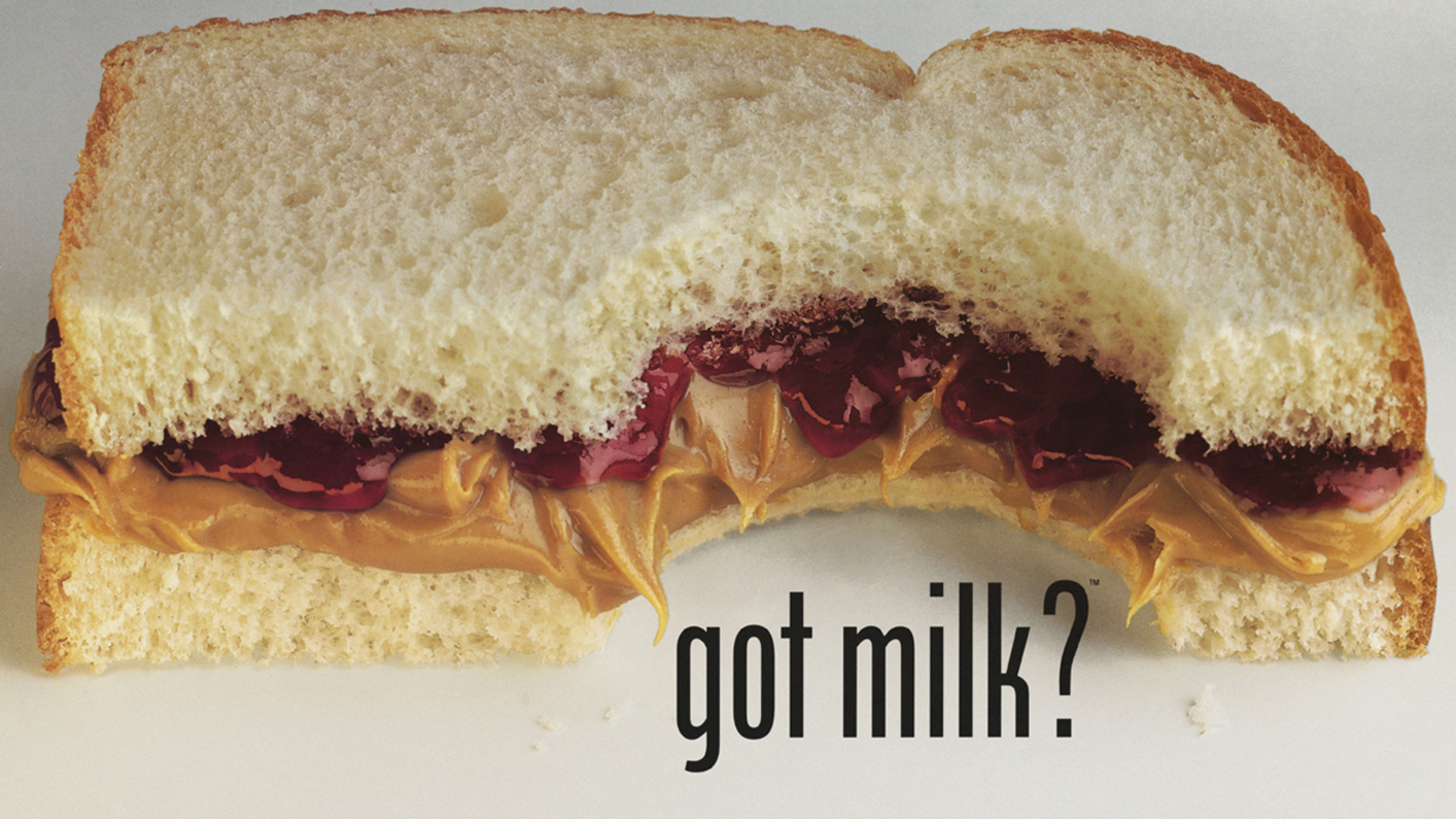In 1993, a focus group headed by Jon Steel, a partner at the San Francisco-based advertising firm Goodby, Silverstein & Partners, asked respondents not to consume milk for a week prior to participating in the study. Steel’s aim was to gather information about milk habits that would inform his pitch to a new client, the California Milk Processor Board, which was looking for creative strategies to boost sales.
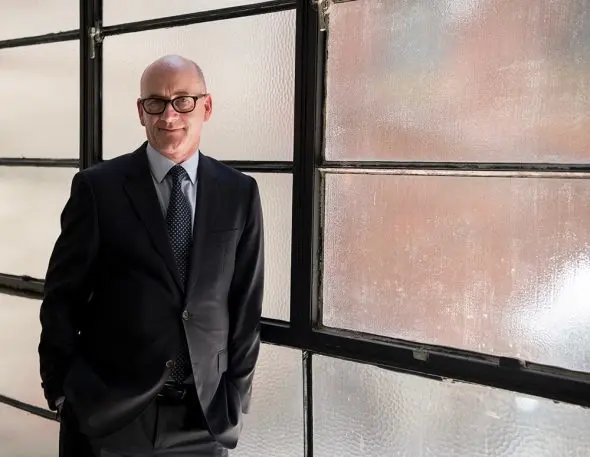
When the respondents showed up, they were a little anxious about being deprived of the household staple. One man relayed his experience of coming downstairs to the kitchen in the morning before work, pouring out his cereal, slicing bananas on top of it, and then remembering his promise of abstinence. An ethical dilemma arose, the man later admitted to Steel. Would he use milk and simply lie to the rest of focus group? Or would he throw out the cereal? Worse yet, would he eat the cereal without milk?
A conversation snowballed in the room, and it became clear from others’ testimonials that consumers felt an emotional connection to an everyday product. The absence of milk became noticeable, like a tear in a perfect canvas. Steel had a hunch he was onto something seismic. That hunch led to one of the most iconic ad campaigns of all time.
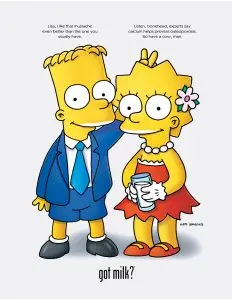
Twenty-five years later, the success of Got Milk? remains unmatched in the ad world. Fast Company spoke with key players about how it all came together.
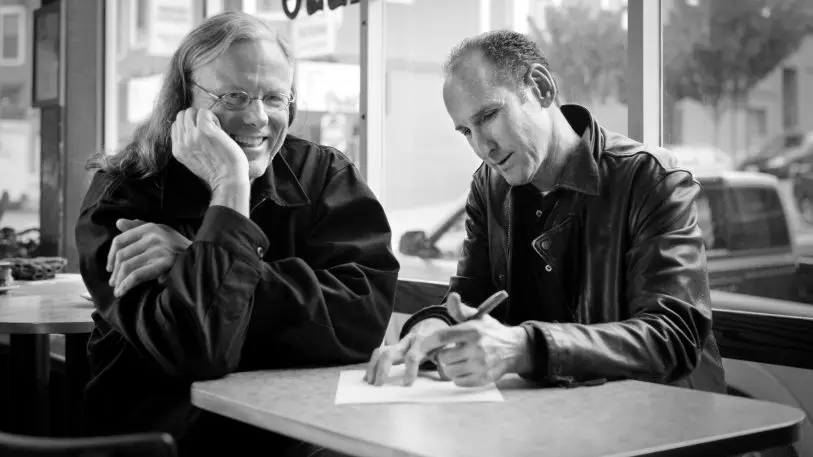
The origin of the Got Milk? slogan is almost comically banal. After Jon Steel relayed the results from the focus group to his partners Jeff Goodby and Rich Silverstein, they held a meeting to plan next steps. A colleague, Tara Winkler, asked Goodby what he’d like to call that part of the meeting.
“I don’t know, it’s about running out of milk,” Goodby recalls saying. “Why don’t we call it ‘Got milk?’—with the question mark.”
Winkler scribbled those words—question mark included—on a piece of foam core that hung on a wall. Staring at it during the meeting, Goodby imagined early ideas for commercials that ended with, as he calls it, “this crazy, little bonsai tagline.” In one fantasy, a cookie truck and a milk truck are in high pursuit on the highway. As the chase progresses, it’s revealed that the man driving the cookie truck has his mouth full of cookies. He needs milk. “I had lots of these lost dog stories that went all over the place and that ended with the lynchpin,” Goodby says.
These early brainstorming sessions planted the seeds of the Got Milk? campaign’s novel approach: deprivation marketing. Instead of selling the product to consumers, Goodby and his team would sell the lack of a product.
“Milk does a body good” had become the beverage’s catchphrase during the 1980s, built on the idea that drinking milk promotes healthy bones and brawny muscles. Deprivation marketing was the opposite. It didn’t matter whether it was good for you; what mattered was that all food paled in taste without it. This difference made the premise of pitching milk more enticing, because hardly anyone else at the agency was excited about pitching this ancient commodity. Why pitch milk when you could pitch, say, Sega?
Goodby, Silverstein, and Steel decided to put their focus-group findings into action right in the office. Silverstein emptied the cartons of milk from the firm’s refrigerator and installed a hidden camera at the back of it to capture people’s responses to finding themselves without milk to pour into their morning coffees. The employees fumbled around the kitchen in frustration, which provided Goodby, Silverstein, and Steel with concrete evidence to present to the California Milk Processor Board.
But wait . . . the tagline! As Goodby says, “The lesson is, sometimes, if you listen to the world around you, it tells you what to do, you know?”
“Great taglines are clumsy,” says Silverstein. “[Nike’s] ‘Just Do It’ was a dorky line. The fact that ‘Got Milk?’ made it into the lexicon, well, who would’ve thought?”
The first fruits of the Got Milk? project arrived in 1993, with “Aaron Burr,” which has become an ad-world cultural touchstone the way Michal Jordan’s 1998 foul-line slam-dunk versus Dominique Wilkins has become sports legend: bold, original, never before attempted, and never successfully remastered.
https://www.youtube.com/watch?v=7JrB7Ygu6zk
The commercial opens inside a warehouse in which random collectibles and old-timey objects are housed—think your grandfather’s garage if he were prepping for an episode of Antiques Roadshow. A wispy history buff (played by Sean Whalen) slathers peanut butter on white bread, just as the radio announces a contest: “And now let’s make that random call with today’s $10,000 question,” the host says. “It’s a tough one: Who shot Alexander Hamilton in that famous duel?” An antique rifle goes off, while a painting of the famous duel stares at the sandwich eater from across the room. His phone rings. Hearing the question again, he confidently (and correctly) answers, “Aaron Burr.” But the host can’t understand the answer because the man’s mouth is coated with peanut butter. “Aaron Burr!” he yells again. When he reaches for his carton of milk, he finds it empty.
No $10,000 prize. No milk. That “little bonsai tagline” that Goodby had dreamed up appears, read aloud for the first time in a baritone, near-mocking tone.
“There was a big fight in the agency at the time between the other creatives and me and Goodby,” Silverstein recalls. “They said, ‘You old farts, you can’t say ‘Got Milk?’ at the end!’ And we said, ‘No, no, you have to say it!’
The commercial was directed by a recent film graduate of the Art Center College of Design, Michael Bay (yes, Transformers Michael Bay), who was brought in by his former classmate and the ad’s art director, Erich Joiner.
“He was helpful in making the thing visually unforgettable,” Goodby says of Bay. “The idea of having this guy live in a warehouse or whatever the hell it is was certainly his idea. I said to him at one point, ‘Why? Why does he have a car in his house?’ And he said to me, ‘No, do it, do it, it’s going to be funny. People won’t forget this.’ The mixture of history and weirdness is just terrific.”
That weirdness was just the beginning. The commercials that followed “Aaron Burr” were tonally wicked snippets of black comedy. In “Heaven,” a man who fires his employee via phone gets hit by a truck and wakes up in “Eternity,” where he discovers chocolate chip cookies the size of boulders and a fridge full of empty milk cartons. In “The Birthday Cake Commercial,” an Edwardian celebration turns ominous when a Damian-like, clairvoyant kid refuses to eat the chocolate cake . . . because he foresees there will be no milk to wash it down.
The creatives talk about how these ads flipped the script of what advertising at the time was capable of relaying. They have a dark mood that hurls the viewer face-first into stories that don’t explicitly reveal the product being sold until the final seconds, suggesting that the story we tell ourselves about milk is more important than milk itself.
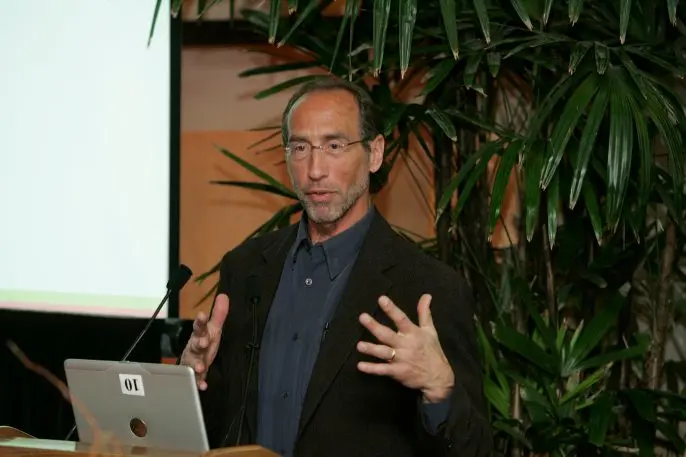
Instrumental in the success of Got Milk? was Jeff Manning, who was the executive director of the California Milk Processor Board. (Now a marketing strategist and speaker, his current website is, without irony, www.gotmanning.com.)
Manning went to bat for Goodby and Silverstein’s deprivation strategy because the tagline made milk a brand, not just a commodity. “Nothing else except milk works,” Manning says. “Soda doesn’t work, Gatorade doesn’t work, water doesn’t work. The only thing that works in that bowl of Cheerios is milk.”
https://www.youtube.com/watch?v=oG-Jt1903zo
After the first round of commercials, Manning pushed to get the Milk Processing Board to license the slogan to food brands like Oreo and Cheerios free of charge. “Why don’t we work with these food companies?” Manning remembers telling the board. “The dairy industry would never do that because milk was on a ‘good for you’ strategy at that time. Well, if they’re on this strategy, you don’t work with Oreos. We did. Nabisco eventually marketed a Got Milk? Oreo, where Got Milk? was embossed on a cookie.” Girl Scout cookies were next, followed by a massive brand of an entirely different order. “Mattel, who manufactured Barbies, got on board. Think about that. Mattel manufacturing millions of Barbies . . . for us!”
Eventually, the CMPB landed no less an icon than Cookie Monster, even after Sesame Workshop, the nonprofit company (then known as the Children’s Television Workshop) that produces Sesame Street, had told Manning that the organization didn’t promote brands. Ever. “Now, I know I had been marketing Got Milk? as a brand, but what we said here was, ‘Got Milk? isn’t a brand. This is a category. This is milk. This is what makes bones strong, this is what is good for kids.’ And they said, ‘You know what? You’re right. Let’s run with it.'”

MilkPEP’s aim was to put—pardon the pun—pep back in milk, to educate the consumer about its benefits. Research on kids at the time showed that they viewed milk as a ubiquitous, boring staple. The milk mustache campaign was designed to make milk more interesting and to emphasize its wholesomeness. It was the same strategy that had existed for decades before deprivation marketing came along. Now it had fresh faces and a nationally recognized catchphrase.
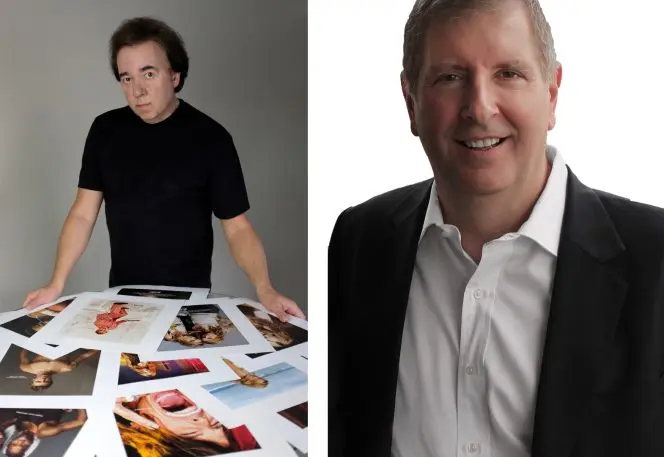
Former Bozell creatives Sal Taibi and Bernie Hogya, who worked on the campaign (and later published two books on it), were instrumental in wrangling the celebrities who appeared in the ads. Among the A-list gets: Harrison Ford, Britney Spears, Kate Moss, Dennis Rodman (photographed nude), Kristi Yamaguchi, Patrick Ewing, Joan Rivers, Hanson, The Simpsons, and Kermit the Frog. Sarah Michelle Gellar, at peak Buffy the Vampire Slayer fame, posed as her demon-dusting alter ego. “To follow in the footsteps of so many legends was truly an honor,” she says via email. “It really started a national conversation about drinking milk, something I don’t believe people gave much thought to, other than for coffee and dunking cookies.”
Annie Leibovitz photographed more than 180 of the ads. Back then, when magazine ad spending peaked at 9.4% of all U.S. advertising dollars (compared to 6.5% in 2015), and one ad might appear in a dozen different magazines the same month, the photographer sensed how huge the campaign’s reach could be. “Annie sent a note back to us saying that not only did she want to do it, but she wanted to make sure nobody else could,” says Hogya, then Bozell’s art director. “She saw the power of what this was going to be. At a time when print magazines were very big, she thought that if she were to make the photos really special, they would be everywhere. You couldn’t get away from this campaign.” Leibovitz’s then-partner, Susan Sontag, tagged along one day just so she could meet Kermit.
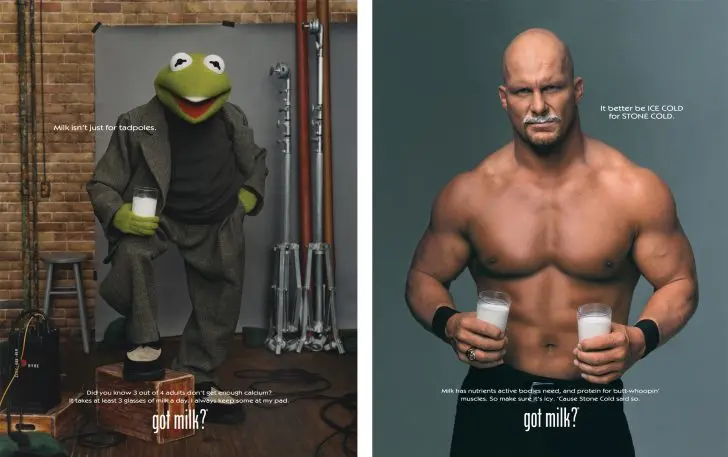
There was no shortage of celebrities willing to participate in the campaign, but there was one small catch: All subjects had to be milk drinkers. Taibi, who was director of client services at Bozell, explains that MilkPEP was only paying $25,000 per ad, a fraction of what these stars normally charged for commercials. (Most donated the fee to charity.) So if money was not the motivating factor for participation, the concept had to be. And this took people like Whoopi Goldberg, who is lactose intolerant, out of the running. “I really wanted to do it, but I was told you had to be a milk drinker, so I couldn’t do it the first time around,” she says. But when the milk producers planned an ad for lactose-free milk, the comedian was the first person they called.
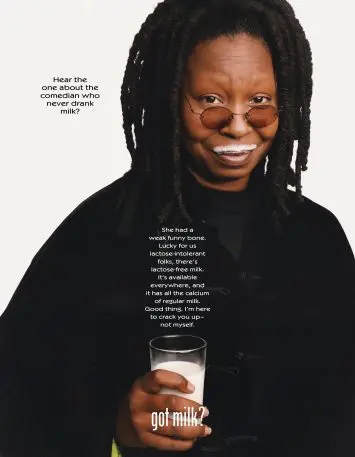
Leibowitz was prescient in her belief that the mustache campaign would make waves, but no one predicted just how massive its impact would be. For the last two decades, Manning has kept a running list of the hundreds of taglines that were adopted from Got Milk?, including Got Ice? Got Lice? Got Porn? Got Identity? The two-word tagline is now public domain.
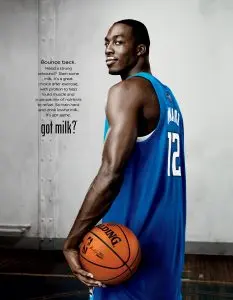
In 2014, MilkPEP retired “Got Milk?” and replaced it with its current tagline, “Milk Life.” Gone are the milk-mustachioed celebrities, replaced with Olympians’ mothers, who narrate memories of their children’s work ethic. “I think that celebrities started taking on a different meaning for Americans,” says Julia Kadison, the current CEO of MilkPEP. “We heard from our focus groups, that, well, any celebrity is going to shill for a product. The other thing that was happening is people were so focused on the next milk mustache celebrity that they weren’t taking away the message of the ad. We needed to shake things up.”
Ann Ocana, the chief marketing officer of Shamrock Foods Company, which worked on behalf of the milk processors during the new campaign, underscores the need for a shift in image. “When you look at that milk beverage case, it’s a visual battleground now,” she says, alluding to the growth of beverages made of hemp, oat, almonds, and soy. “The Got Milk? campaign was the foundation that helped us create the attitude. We’re just overlaying on top of it now.”
“Milk Life” might never enter the zeitgeist the way its predecessor did. In this age of fleeting virality, few things do. But those two words live on, emblematic of a time that in retrospect seems simpler.
Got nostalgia?
Recognize your brand’s excellence by applying to this year’s Brands That Matter Awards before the early-rate deadline, May 3.
